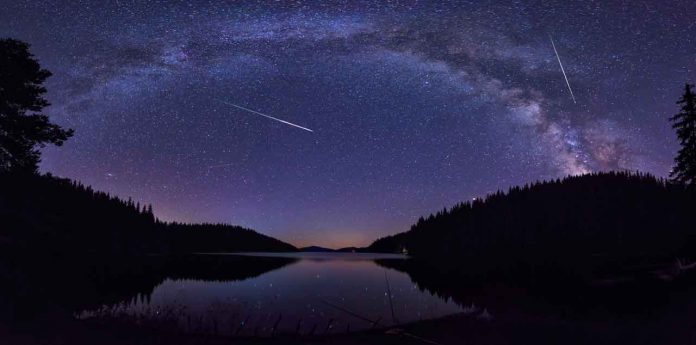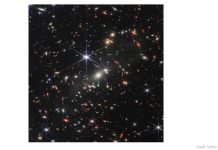Thunder Bay – NATION-TECH – Imagine living in a city so big, you can’t see where it begins or ends.
Almost as endless as the curiosity of a child. My Grandson Nation has been interested in a lot of things lately. Yesterday it was wanting more information on Black Holes. In trying to answer his questions, NNL thought we would share with our readers and viewers.
On to the Milky Way, and that isn’t the chocolate bar…
That’s a bit like living in the Milky Way Galaxy, our cosmic home.
The Milky Way is a huge collection of stars, dust, gas, and other celestial objects, including our very own planet, Earth. It’s so big that it contains billions of stars and countless planets!
The Shape and Structure of Our Galactic Home
When you spin a top, it creates a sort of flat, round shape as it spins. The Milky Way is a bit like that too. It’s a spiral galaxy, which means it has a flat, round shape with arms that twist out like a pinwheel. In the centre of this pinwheel is a bulge where the stars are very densely packed.
Our solar system, which includes the Earth and the sun, is located on one of these spiral arms, about halfway from the centre of the galaxy.
The Milky Way in the Night Sky
On a clear, dark night, away from city lights, you might see a cloudy band of light stretching across the sky. That’s our galaxy! We call it the Milky Way because it looks a bit like a milky path or river flowing across the sky.
What you’re seeing is actually the light from millions of distant stars that are part of our galaxy. Because we’re inside the galaxy, it looks like a band rather than a spiral to us.
A Galactic Journey
Imagine you’re in a spaceship, ready to explore the Milky Way. It would take you a very, very long time. Even if you could travel at the speed of light, it would still take you about 100,000 years to travel from one side of the galaxy to the other!
Our Galactic Neighbours
Our Milky Way Galaxy isn’t alone in space. It’s part of a group of about 54 galaxies known as the Local Group. The biggest galaxy in our group is the Andromeda Galaxy, which is even larger than the Milky Way! Andromeda is our closest large galactic neighbour, but it’s still about 2.5 million light-years away.
Final Thoughts: You’re a Star in the Milky Way!
Remember, when you look up at the stars at night, you’re seeing a tiny part of our Milky Way Galaxy. Each one of those stars is part of our huge galactic city. And even though the galaxy is incredibly big, there’s a special place in it just for you.
So the next time you look up at the night sky, remember, you’re not just on planet Earth, you’re also a resident of the spectacular Milky Way Galaxy! Keep exploring, keep asking questions, and keep reaching for the stars.







